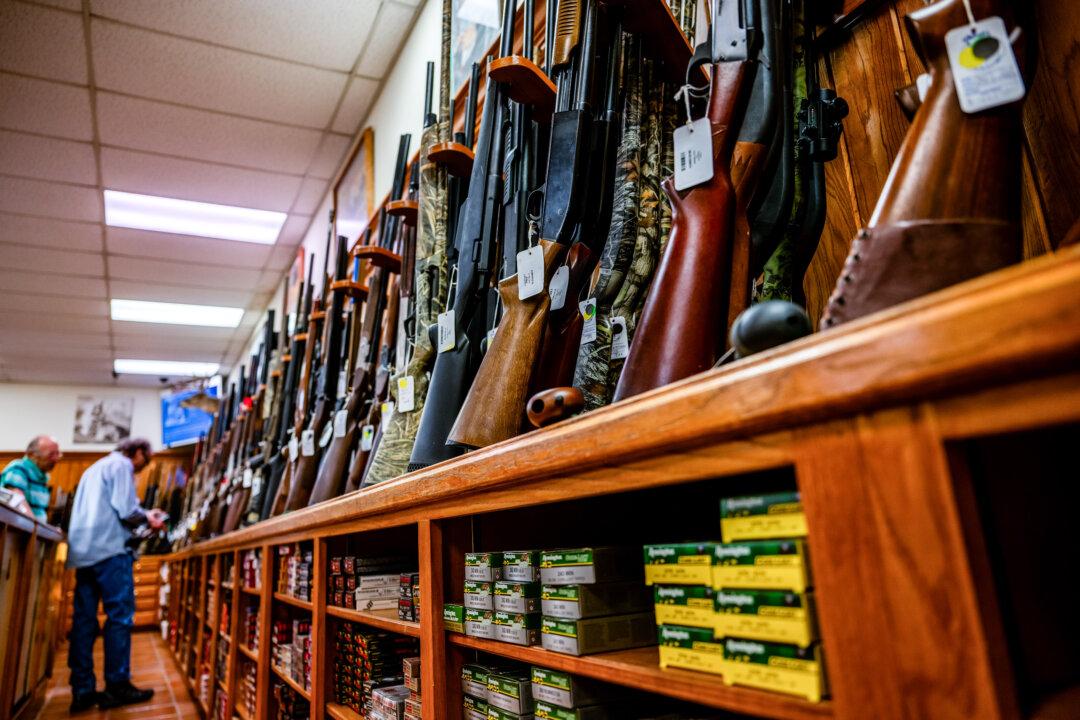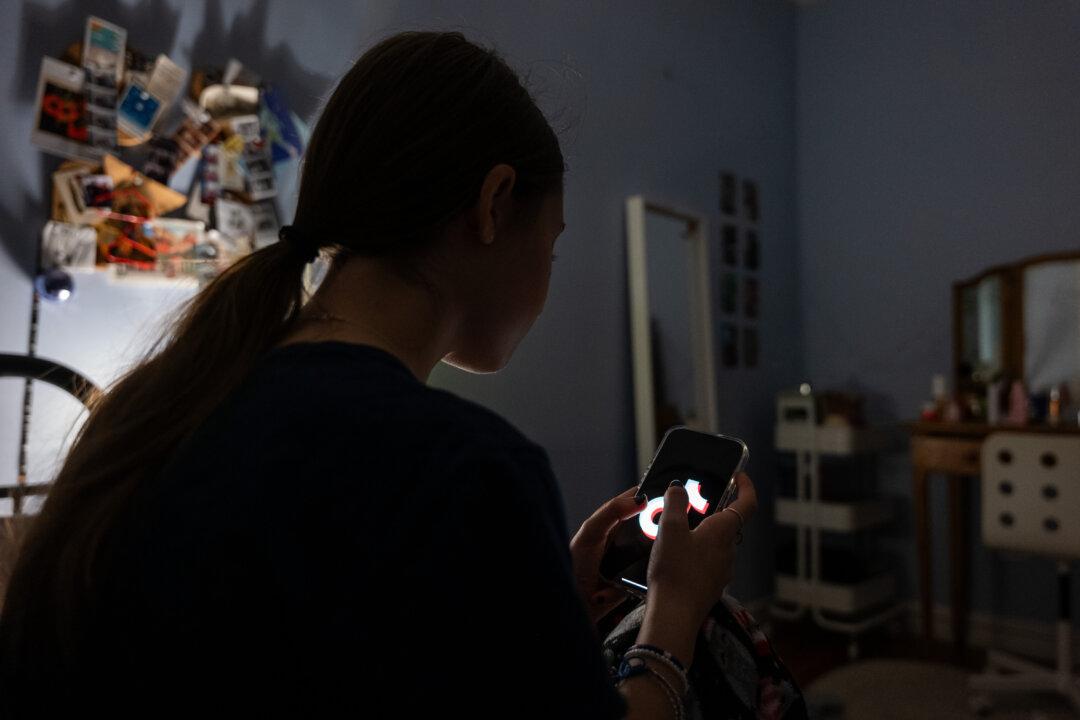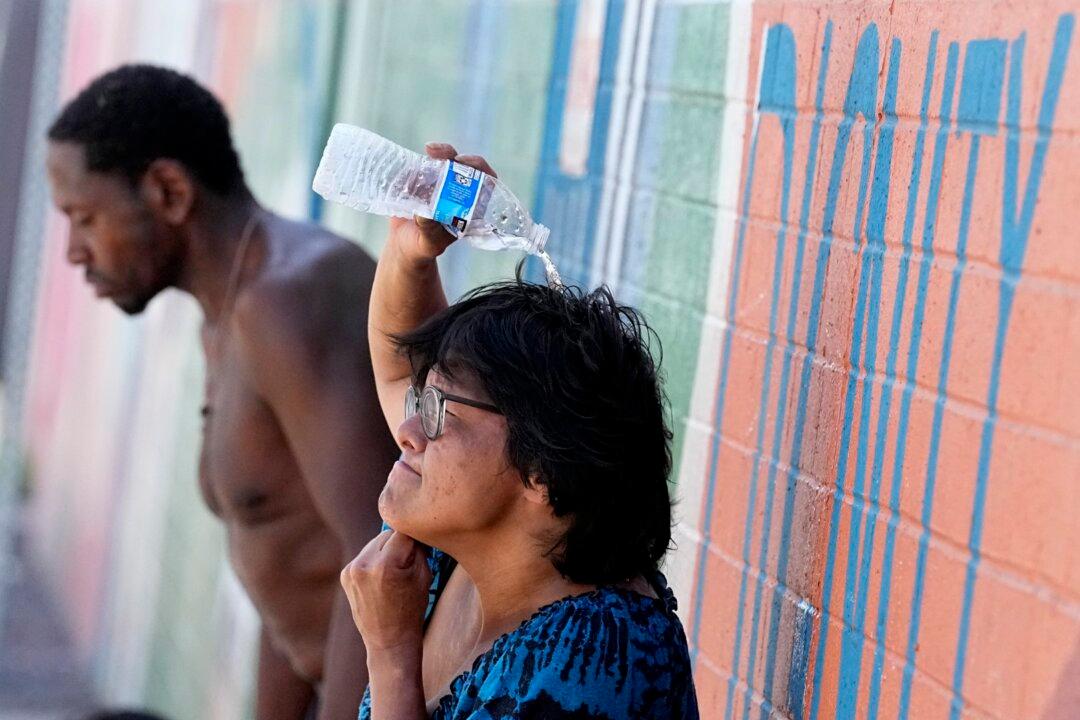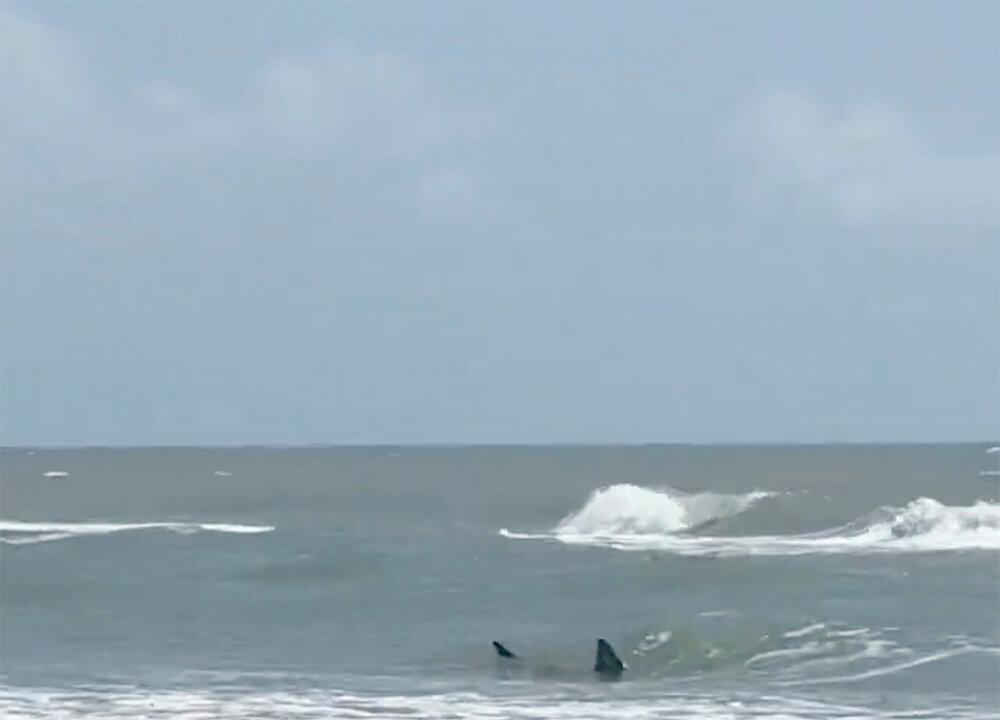A federal court has ruled it is constitutional to block a defendant’s Second Amendment rights while they are awaiting trial.
On March 18, the three-judge panel in the U.S. 9th Circuit Court of Appeals unanimously ruled that the restriction on the rights of Jesus Perez-Garcia and John Thomas Fencl to bear firearms is constitutional because it is consistent with historic legal precedent.





